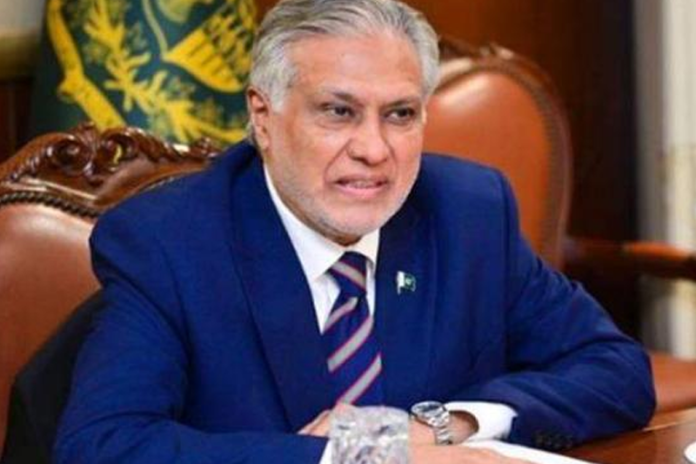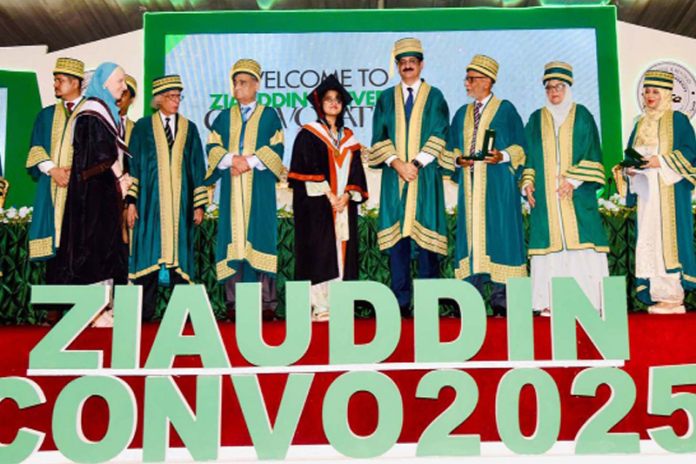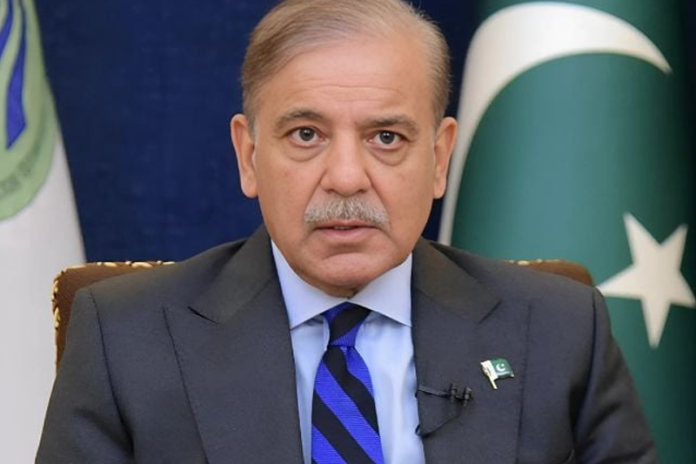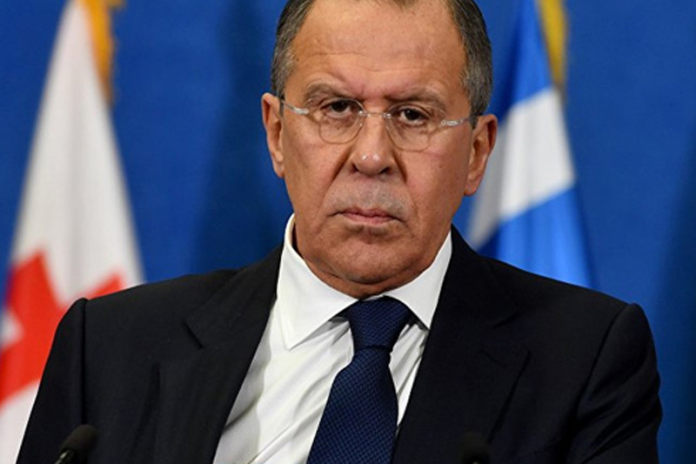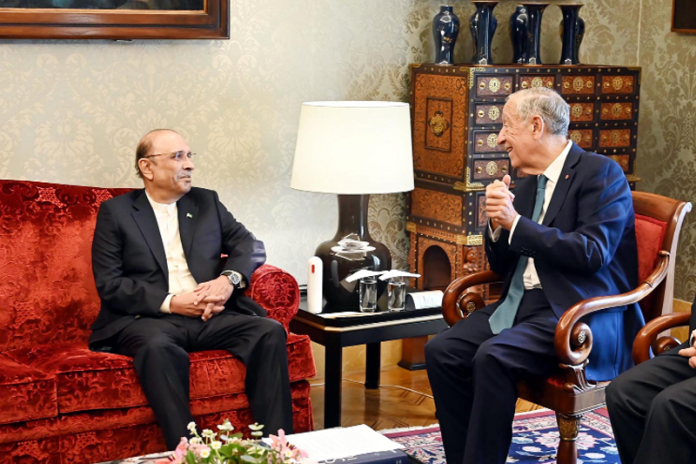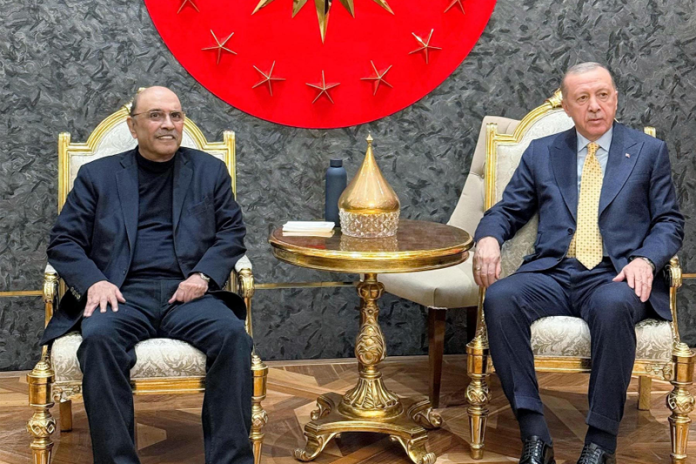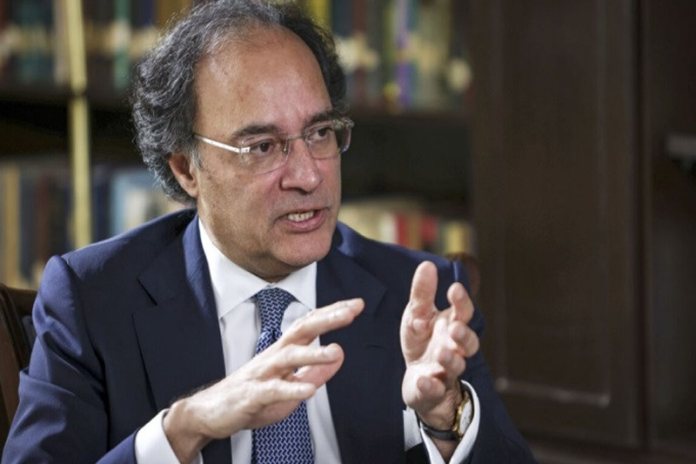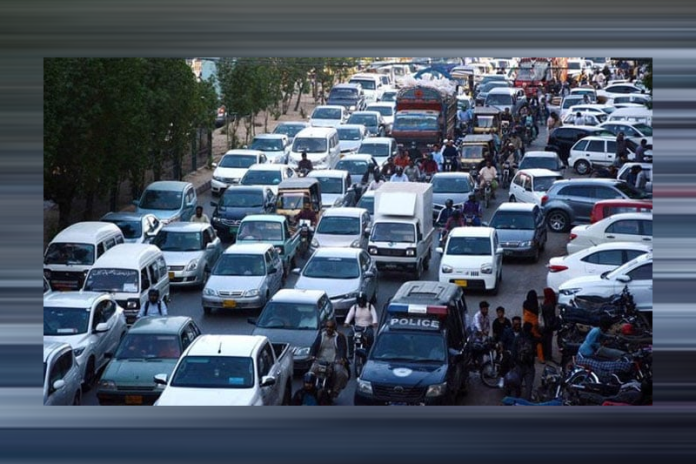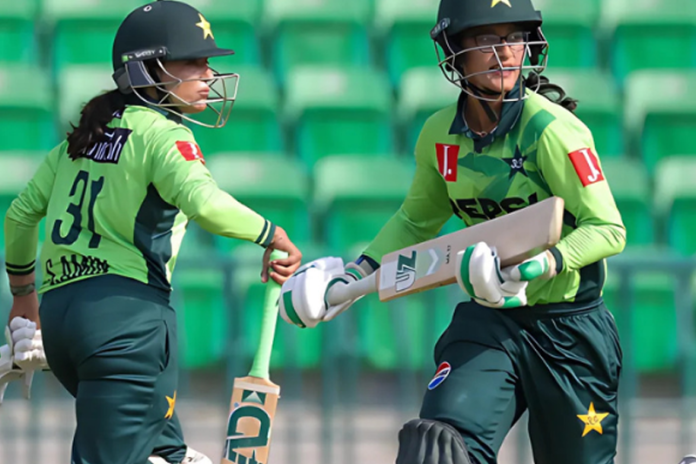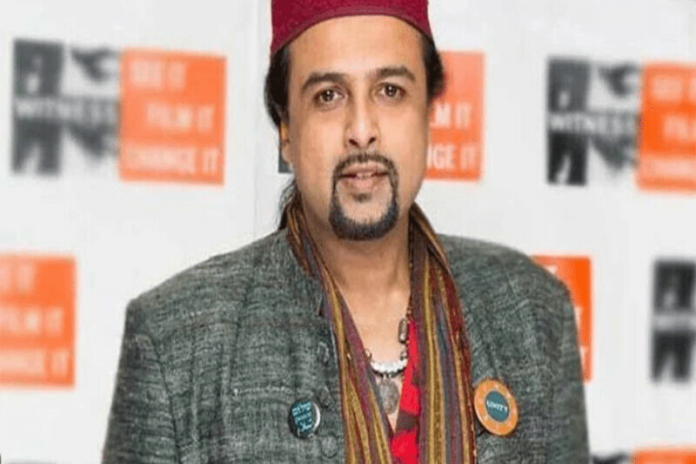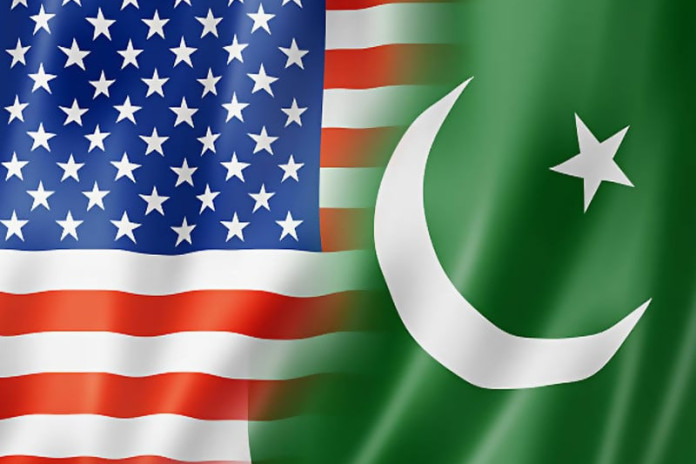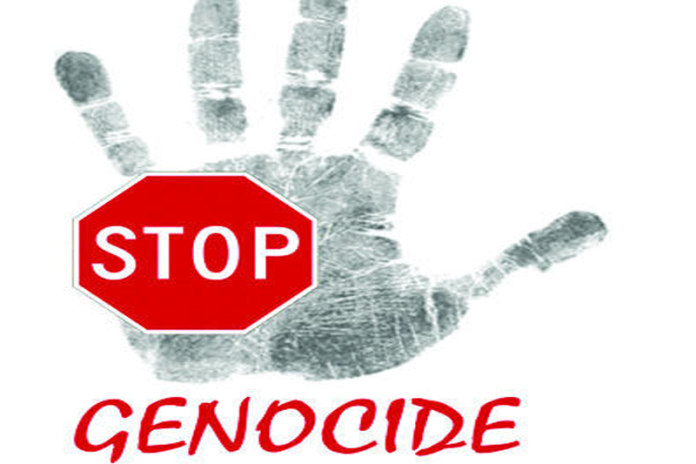Motivating youth for physical activities
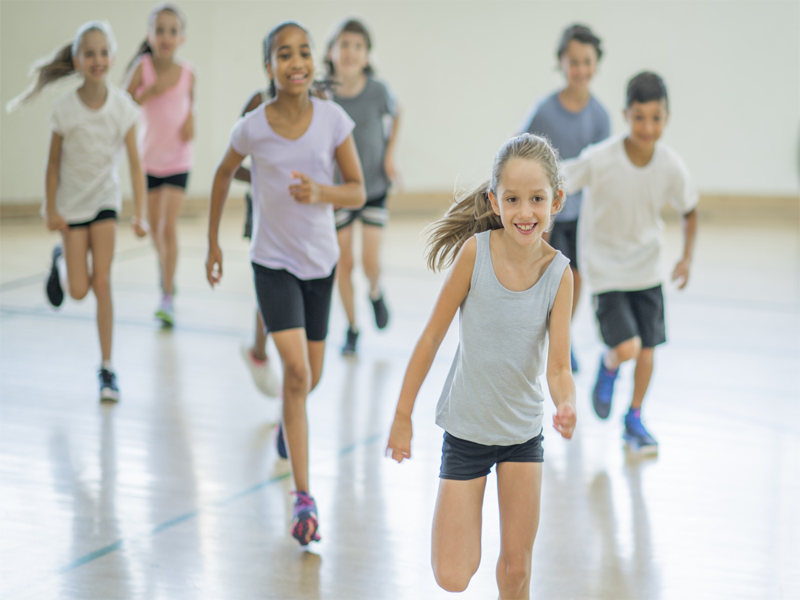
- 185
- 0
In an era where digital screens dominate and sedentary lifestyles become increasingly common, motivating youth to engage in physical activities is more crucial than ever.
Physical activity is not only essential for maintaining good health but also plays a pivotal role in personal development, academic success, and overall well-being. This article delves into why motivating youth to participate in physical activities is imperative and explores strategies to foster a culture of active living among the younger generation. 1. Addressing the Health Implications The health benefits of regular physical activity are well-documented and include improved cardiovascular health, stronger muscles and bones, and better mental health. For young people, engaging in physical activities helps in the prevention of obesity, diabetes, and other lifestyle-related diseases. With rising concerns about childhood obesity and its associated health risks, it is imperative to encourage youth to adopt an active lifestyle.
Physical activity helps in maintaining a healthy weight, improving posture, and developing coordination and flexibility. Moreover, it significantly reduces the risk of developing chronic diseases later in life, making early intervention crucial. 2. Enhancing Academic Performance There is a growing body of evidence suggesting that physical activity can enhance cognitive function and academic performance. Regular exercise improves concentration, memory, and classroom behavior, all of which contribute to better learning outcomes. Physical activity increases blood flow to the brain, which enhances cognitive abilities and supports overall brain health. Schools and educators should recognize the importance of integrating physical activities into the daily routine, not only for the sake of health but also to boost academic performance. Encouraging students to participate in sports, physical education classes, and extracurricular activities can help them achieve better academic results and foster a lifelong love for learning. 3. Developing Social Skills and Teamwork Physical activities often involve teamwork, collaboration, and social interaction, which are essential for developing social skills and building relationships. Participation in team sports and group exercises helps young people learn to communicate effectively, work towards common goals, and develop leadership skills. These experiences teach valuable life skills such as discipline, perseverance, and the ability to handle both success and failure. By fostering a sense of community and belonging, physical activities can help build self-esteem and confidence in youth, which are crucial for their personal development and future success.
4. Combating Mental Health Issues Mental health issues among youth are a growing concern, with increasing rates of anxiety, depression, and stress reported. Physical activity is a powerful tool for combating these issues, as it helps in reducing stress, boosting mood, and improving overall mental well-being. Exercise releases endorphins, often referred to as "feel-good" hormones, which can alleviate symptoms of depression and anxiety. Additionally, engaging in physical activities provides a constructive outlet for managing stress and enhances resilience. By promoting regular exercise, we can support better mental health and help young people develop healthy coping mechanisms. 5. Creating Positive Habits Early On Instilling a habit of regular physical activity from a young age sets the foundation for a lifetime of healthy living. When youth are encouraged to engage in physical activities regularly, they are more likely to continue these habits into adulthood. Early involvement in sports and exercise helps young people understand the importance of maintaining an active lifestyle and develops a positive attitude towards physical fitness. Creating an environment where physical activity is seen as enjoyable rather than a chore is essential for fostering a lifelong commitment to health and well-being. 6. Leveraging Technology in Positive Ways While technology can contribute to sedentary behavior, it can also be harnessed to promote physical activity among youth.
Innovative apps, fitness trackers, and virtual workout programs can make physical activities more engaging and accessible. For example, gamified fitness apps that incorporate challenges and rewards can motivate young people to stay active. Additionally, social media platforms can be used to create communities and share fitness achievements, thereby encouraging peers to participate in physical activities. By leveraging technology creatively, we can turn potential barriers into opportunities for promoting an active lifestyle. 7. Encouraging Family Involvement Family support plays a crucial role in motivating youth to engage in physical activities. When families participate in physical activities together, it not only strengthens family bonds but also sets a positive example for children. Family-oriented activities such as hiking, biking, or playing sports can make exercise a fun and enjoyable experience. Additionally, parents can support their children's participation in organized sports or physical education programs by providing encouragement and celebrating their achievements. Creating a family culture that values and prioritizes physical activity can significantly influence children's attitudes towards exercise. 8. Providing Accessible and Safe Opportunities Accessibility and safety are key factors in motivating youth to engage in physical activities. Communities and schools need to ensure that there are safe, affordable, and easily accessible opportunities for physical exercise. This includes maintaining and improving public parks, sports facilities, and recreational centers. Additionally, schools should offer a variety of physical education options to cater to different interests and abilities. Ensuring that these opportunities are inclusive and cater to all youth, regardless of their background or skill level, is essential for fostering widespread participation. 9. Utilizing Role Models and Mentors Role models and mentors can play a significant role in motivating youth to pursue physical activities. Athletes, coaches, and community leaders who exemplify a commitment to physical fitness can inspire young people to follow suit. Programs that connect youth with mentors who are passionate about sports and fitness can provide guidance, encouragement, and support. By showcasing the benefits of an active lifestyle through relatable and aspirational figures, we can ignite a sense of enthusiasm and drive among the younger generation. 10. Implementing School and Community Programs Schools and community organizations are pivotal in promoting physical activity among youth. Schools should integrate physical education into the curriculum and offer a diverse range of extracurricular activities that encourage participation.
Community programs, such as sports leagues, after-school fitness clubs, and youth camps, can provide additional avenues for engagement. Collaboration between schools, local governments, and non-profit organizations can help create a comprehensive network of support that promotes physical activity across various settings. 11. Addressing Barriers to Participation Understanding and addressing the barriers that prevent youth from participating in physical activities is crucial. Common barriers include lack of time, limited access to facilities, and financial constraints. By identifying these challenges, stakeholders can develop targeted interventions to overcome them. For example, offering low-cost or subsidized sports programs, improving transportation to recreational facilities, and providing flexible scheduling options can help mitigate these barriers. Ensuring that all youth have equal opportunities to engage in physical activities is essential for fostering a culture of inclusivity and participation. 12. Encouraging Personal Goals and Achievements Setting and achieving personal goals can be a powerful motivator for youth to engage in physical activities. Encouraging young people to set their own fitness goals, whether related to sports performance, endurance, or skill development, can foster a sense of accomplishment and drive. Celebrating milestones and progress, no matter how small, can help maintain motivation and build self-confidence. Providing positive reinforcement and acknowledging achievements can create a supportive environment that encourages continued participation.Motivating youth to engage in physical activities is a multifaceted endeavor that requires a collaborative approach involving families, schools, communities, and policymakers. By addressing the health benefits, enhancing academic performance, fostering social skills, and promoting mental well-being, we can underscore the importance of an active lifestyle.
Leveraging technology, providing accessible opportunities, and creating supportive environments are essential for encouraging sustained participation. As we work towards motivating the younger generation to embrace physical activity, we pave the way for healthier, more successful, and well-rounded individuals.




